EASY
Earn 100
Select the correct graph for ohmic conductors.
(a)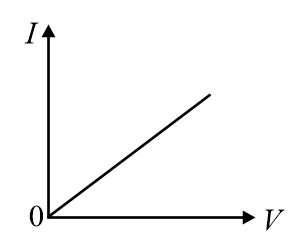

(b)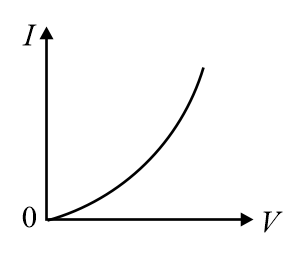

(c)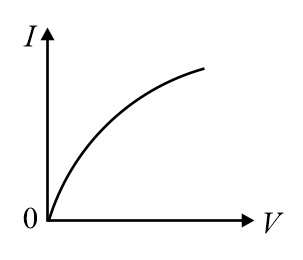

(d)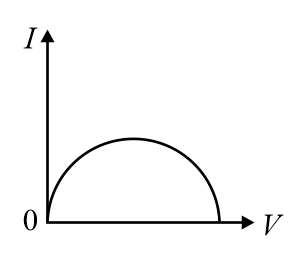

50% studentsanswered this correctly
Important Questions on Current Electricity
MEDIUM
HARD
MEDIUM
EASY
EASY
EASY
MEDIUM
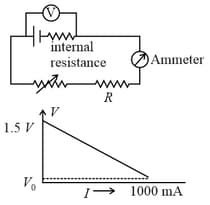
If is almost zero, identify the correct statement:
EASY
Find the potential difference between and , as shown in the below circuit.
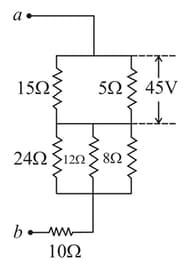
EASY
In the circuit shown below, a student performing Ohm's law experiment accidentally puts the voltmeter and the ammeter as shown in the circuit below; the reading in the voltmeter will be close to
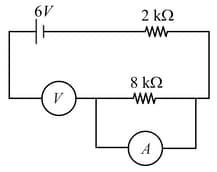
MEDIUM
EASY
HARD
EASY
characteristic of a copper wire of length and area of cross-section is shown in figure. The slope of the curve becomes
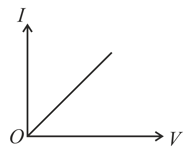
MEDIUM
EASY
An ideal ammeter is connected to a battery as shown in the figure. The currents through the resistor and the resistor are, respectively
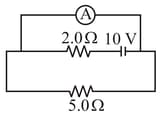
HARD
EASY
In the figure shown, what is the current (in ampere) drawn from the battery? You are given:
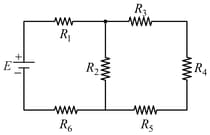
MEDIUM

